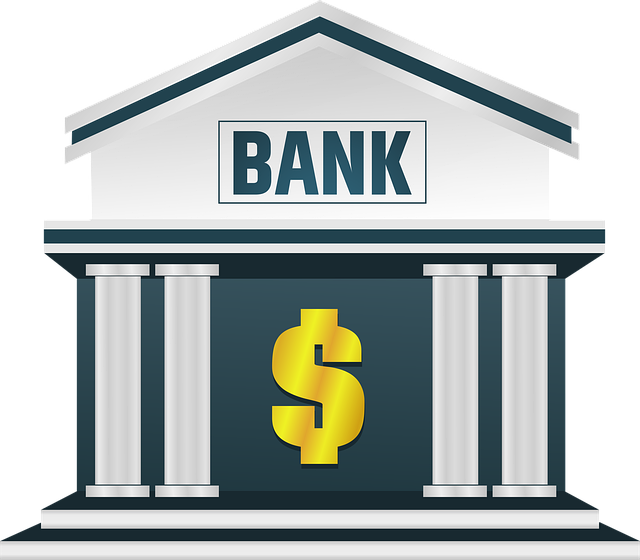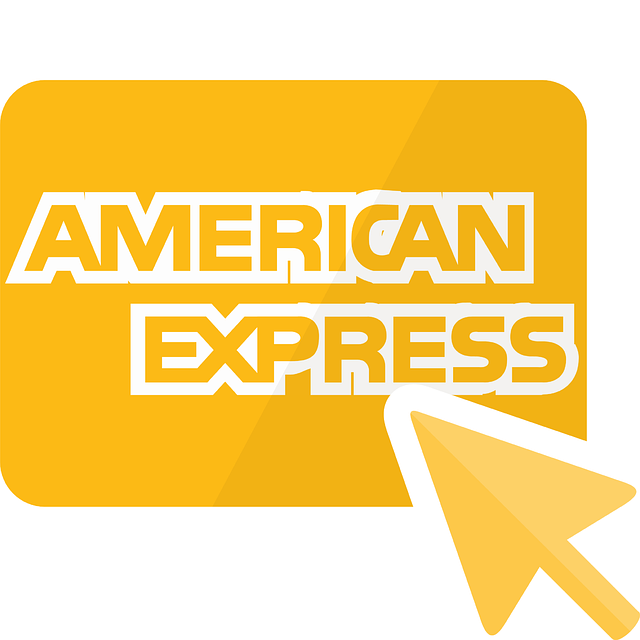Entrepreneurs now have a wide range of funding options beyond conventional bank loans, including peer-to-peer lending, crowdfunding, business credit lines, and online platforms. Each method caters to distinct needs, risk levels, and preferences, with varying terms, rates, and fees. Evaluating both the benefits and drawbacks is crucial when selecting between traditional loans and alternative financing to ensure alignment with a business's financial objectives and budget. Thorough research is essential to compare alternatives based on key factors like repayment periods and overall cost, optimizing costs and improving financial health.
In the dynamic landscape of business funding, understanding cost differences between traditional loans and alternative financing options is paramount. This article delves into the intricacies of these distinctions, exploring how alternative loans vary in cost implications. From traditional business loans to innovative alternative financing solutions, we analyze benefits, drawbacks, and strategies for optimizing costs. By weighing the pros and cons, entrepreneurs can navigate this intricate financial maze, making informed decisions to fuel their ventures successfully.
- Understanding Traditional Business Loans vs. Alternative Financing
- Exploring Types of Alternative Loans and Their Cost Implications
- Benefits and Drawbacks: Weighing the Pros and Cons
- Strategies for Optimizing Loan Costs and Choosing the Right Path
Understanding Traditional Business Loans vs. Alternative Financing

Many entrepreneurs often find themselves at a crossroads when it comes to funding their business ventures. Traditional business loans from banks have been a staple for decades, offering fixed interest rates and structured repayment plans. However, in recent years, the landscape of financing has evolved with the emergence of alternative financing options. These alternatives, often referred to as alternative loans or financing, provide businesses with flexible terms, faster approval times, and diverse funding sources beyond traditional banks.
Alternative financing includes a range of methods like peer-to-peer lending, crowdfunding, business credit lines, and online financing platforms. Each option caters to different business needs, risk profiles, and preferences. For instance, peer-to-peer loans connect businesses directly with individual lenders, offering competitive rates but requiring strong borrower credibility. Crowdfunding, on the other hand, leverages community support for innovative or social ventures. Understanding these distinct differences is crucial when choosing between traditional business loans and alternative financing options.
Exploring Types of Alternative Loans and Their Cost Implications

When considering business funding, traditional bank loans aren’t the only option. Exploring alternative financing routes can offer unique cost structures and benefits tailored to specific business needs. Alternative loans, also known as non-bank or peer-to-peer lending, have gained popularity in recent years. These loans are typically provided by online platforms connecting borrowers with individual lenders or specialized financial institutions. One significant advantage lies in their potential for lower borrowing costs compared to conventional bank loans.
The cost implications of alternative financing can be attractive for startups and small businesses. Often, these loans offer competitive interest rates, especially when borrowed in larger amounts. Lenders may also waive certain fees common in traditional banking, such as origination or prepayment penalties. However, it’s essential to scrutinize the terms, including repayment periods and any hidden costs, as these can vary widely between lenders. Understanding these factors is crucial when deciding on an alternative financing option that aligns with your business’s financial goals and budget.
Benefits and Drawbacks: Weighing the Pros and Cons

When considering Business Loan options, it’s crucial to weigh both the benefits and drawbacks of each type. Alternative financing and alterative loans, for instance, offer unique advantages such as flexible terms, non-traditional credit checks, and faster approval times compared to conventional bank loans. They can be particularly appealing to startups or businesses with less established credit histories. However, these alternatives often come with higher interest rates, lack of collateral requirements, and limited loan amounts, which could make them less suitable for larger funding needs or businesses seeking traditional security measures.
Evaluating these pros and cons depends on your business’s current financial standing, growth goals, and risk tolerance. For startups exploring diverse financing options, alterative loans might provide the agility and speed needed to seize opportunities. Conversely, established businesses with strong credit may find it more beneficial to opt for conventional loans that offer lower interest rates and robust collateral protections. Understanding these dynamics is essential in making an informed decision that aligns with your business’s unique financial journey.
Strategies for Optimizing Loan Costs and Choosing the Right Path

When exploring business loan options, optimizing costs is a strategic move that can significantly impact your financial health. One effective approach is to consider alternative financing and alternative loans. These terms encompass a diverse range of funding sources beyond traditional bank loans, including peer-to-peer lending, crowdfunding, or industry-specific financing networks. Each option often carries different interest rates, repayment terms, and fees, allowing businesses to compare and contrast before committing.
To navigate this landscape, conduct thorough research is crucial. Evaluate the loan terms, calculate the overall cost, and assess the flexibility of each option. For instance, some alternative loans might have lower interest rates but require shorter repayment periods, while traditional bank loans could offer longer terms with potentially higher rates. By weighing these factors, you can make an informed decision, ensuring the chosen financing path aligns with your business’s financial goals and capabilities.
